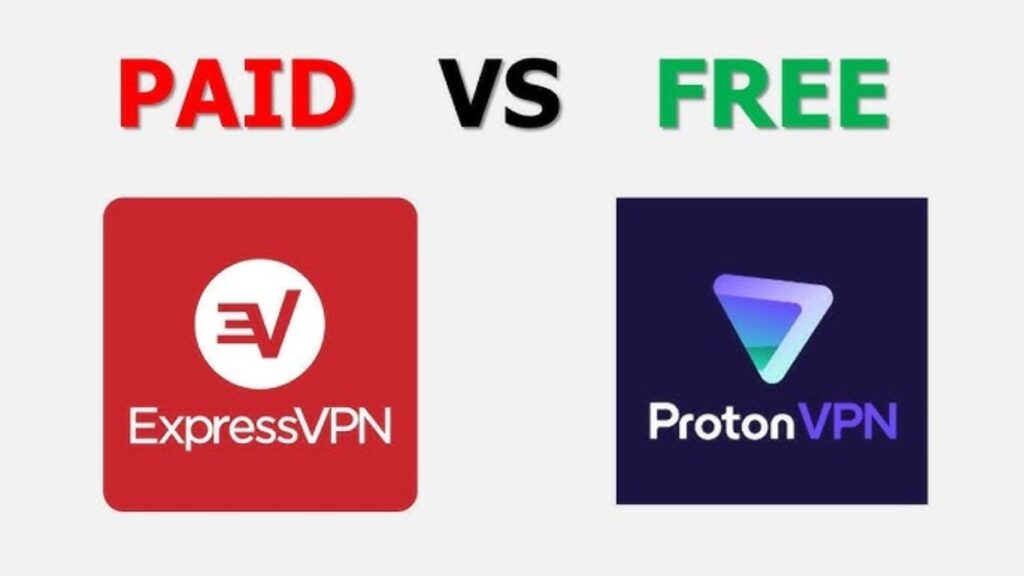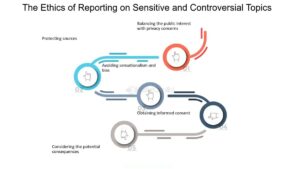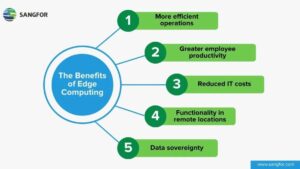In today’s digital age, mobile applications have become central to our daily lives. Whether it’s for productivity, fitness, entertainment, education, or financial management, there’s likely an app tailored to our needs. However, with the abundance of choices comes an inevitable question: Should you go for a free app or invest in a paid one? While both options have their advantages and disadvantages, knowing how to make the most of free vs. paid apps can significantly impact your user experience, productivity, and even your budget.
Understanding the core differences between free and paid apps helps you choose wisely, based on your goals and preferences. In this article, we’ll break down how each type serves its purpose, when to consider upgrading, and how to make strategic use of both in your digital toolkit.
The Fundamental Difference Between Free and Paid Apps
At first glance, the difference between free and paid apps seems obvious—one is free, and the other requires payment. But the true distinction goes deeper. Free apps are typically monetized through ads, limited functionality, or in-app purchases. They serve as an entry point to a service, often with optional premium upgrades. Paid apps, on the other hand, usually provide a complete, ad-free experience from the beginning or require a one-time purchase or subscription for full access.
The underlying business model plays a major role in how these apps are developed and supported. Developers of paid apps generally invest more in customer service, feature updates, and performance optimization, because users have directly contributed to the app’s revenue. In contrast, free app developers may rely on data collection, ad revenue, or freemium upgrades, often resulting in a different user experience.
The Pros and Cons of Free Apps
Free apps dominate the app stores, and for good reason—they offer immediate access with zero financial risk. Users can download and try them without commitment, making them ideal for testing new tools or exploring features. Educational platforms, basic productivity tools, and lifestyle trackers often offer substantial value even in their free versions.
Advantages of Free Apps:
- Cost-effective: No upfront payment allows users to try multiple apps before settling on the best fit.
- Low-risk experimentation: Users can test apps for features and usability without worrying about financial loss.
- Access to basic functions: Many free apps include enough core features for casual or light users.
Drawbacks of Free Apps:
- Advertisements: Most free apps display intrusive ads, which can disrupt the user experience.
- Limited features: Advanced functionality is usually locked behind a paywall or subscription.
- Data privacy concerns: Some free apps may collect user data to generate revenue, leading to privacy issues.
- Less frequent updates and support: Free users might not receive the same level of customer service or regular updates as paid users.
Despite these drawbacks, many free apps offer outstanding value, especially when your needs are simple or short-term. It’s crucial, however, to be cautious about permissions and privacy, as some free apps might trade user data for profit.
The Value Proposition of Paid Apps
When an app developer charges for their product, it typically reflects a higher level of development quality, support, and depth of features. Paid apps are often designed with power users or professionals in mind, offering a comprehensive, polished experience without distractions from ads or constant upsell attempts.
Benefits of Paid Apps:
- Full-feature access: Users receive the complete functionality, often without needing additional purchases.
- Ad-free experience: Removing ads not only improves user satisfaction but also enhances app performance.
- Premium support and updates: Developers of paid apps prioritize updates, bug fixes, and user requests.
- Greater data privacy: Many paid apps promise not to sell or share user data, offering peace of mind.
Disadvantages of Paid Apps:
- Upfront cost or subscription: Initial investment can be a barrier, especially if the value is unclear upfront.
- Trial limitations: Some paid apps offer limited or no free trials, forcing users to pay before knowing whether the app suits their needs.
- Overpaying for features: In some cases, users might only need a few features but are forced to pay for the full suite.
That said, if you rely on an app regularly—whether for work, school, health, or creative projects—the cost of a high-quality, reliable paid app is often a worthwhile investment. Many developers offer one-time purchases, while others use a subscription model that includes continuous improvements and cloud-based features.
When to Use Free Apps: Making the Most of No-Cost Solutions
While paid apps often deliver superior value, there are numerous situations where free apps are perfectly adequate, if not ideal. Understanding when and how to leverage free apps can help you stretch your budget while still achieving your goals.
Ideal scenarios for free apps include:
- Short-term or one-time use: Need a temporary document scanner or a quick photo editor? A free app might suffice.
- Exploration and learning: Free apps are excellent for discovering new tools, especially for hobbies or casual interests.
- Children or teens: If an app is being used by someone who may lose interest quickly, it’s wise to start with a free option.
- Supplemental tools: Free apps can serve as secondary tools alongside your primary paid services.
To maximize the value of free apps, read user reviews, check update history, and explore any privacy policies to avoid apps that might misuse your data. Consider free apps that offer optional upgrades, as they tend to have better user support and performance in their free tier.
When Paid Apps Make More Sense: Maximizing Long-Term Value
Although free apps are tempting, there are clear cases where a paid app delivers far greater long-term value. If you’re using an app daily or as a key tool in your workflow, opting for the paid version often saves time, increases efficiency, and minimizes frustration.
Consider paying for an app if:
- You use it professionally or rely on it for productivity.
- The app enhances your health, learning, or financial goals.
- You need offline access or integration with other tools.
- You require customer support or regular updates.
Paid apps are particularly beneficial for professionals, students, entrepreneurs, and creatives. Whether it’s a project management tool, a professional photo editor, or a premium language-learning app, the investment often translates into improved results and a better overall experience.
Freemium Models: The Best of Both Worlds?
A growing number of apps now use a freemium model—offering core functionality for free while unlocking premium features through subscriptions or one-time purchases. This model helps users experience the app before committing financially and often allows for a gradual upgrade path.
Advantages of freemium apps include:
- Flexibility: Users can stick with the free version or upgrade as needed.
- Try before you buy: Freemium models offer a clear view of what to expect before investing.
- Scalable features: These apps grow with your needs, which is ideal for startups or learners.
The key to maximizing freemium apps is to understand the upgrade path and determine whether the premium features justify the cost. Some users might find the free version perfectly adequate, while others may find the premium version essential for advanced use.
Tips to Maximize Both Free and Paid Apps
To truly make the most of free vs. paid apps, it’s not just about choosing one over the other—it’s about building a balanced app ecosystem. Here are some strategies to optimize your app usage:
- Audit your current apps regularly. Uninstall unused apps, check subscriptions, and update apps with meaningful changes.
- Use free versions to test and compare. Before purchasing, explore multiple free alternatives to see which interface or workflow fits best.
- Invest where it matters. Pay for apps that improve your productivity, learning, or wellness.
- Take advantage of trials and money-back guarantees. Many paid apps offer trial periods—use these wisely.
- Look for bundles and deals. Some developers offer app bundles at a discount, or family sharing features to reduce cost.
- Monitor privacy settings. Whether using free or paid apps, always review permissions and data usage.
By staying intentional with your app choices and aligning them with your personal or professional goals, you can extract maximum value from both free and paid options.
Conclusion: Making Smart App Choices
The debate between free vs. paid apps is not just about money—it’s about value, purpose, and experience. Free apps offer accessibility and low-risk exploration, while paid apps deliver premium functionality and reliability. Knowing how to strategically use both allows you to maintain productivity, enhance your digital life, and avoid unnecessary expenses.
In the end, making the most of free vs. paid apps is about balance. Evaluate your needs, experiment freely, and don’t hesitate to invest when an app truly elevates your life or work. With the right mix, you’ll harness the full potential of the app ecosystem—efficiently and effectively.



